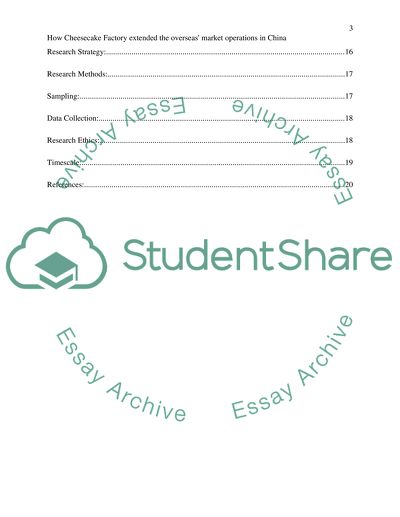Cite this document
(“Research Proposal- How Cheesecake Factory extend the overseas' market Proposal”, n.d.)
Retrieved from https://studentshare.org/marketing/1662067-research-proposal-how-cheesecake-factory-extend-the-overseas-market-in-china
Retrieved from https://studentshare.org/marketing/1662067-research-proposal-how-cheesecake-factory-extend-the-overseas-market-in-china
(Research Proposal- How Cheesecake Factory Extend the overseas' Market Proposal)
https://studentshare.org/marketing/1662067-research-proposal-how-cheesecake-factory-extend-the-overseas-market-in-china.
https://studentshare.org/marketing/1662067-research-proposal-how-cheesecake-factory-extend-the-overseas-market-in-china.
“Research Proposal- How Cheesecake Factory Extend the overseas' Market Proposal”, n.d. https://studentshare.org/marketing/1662067-research-proposal-how-cheesecake-factory-extend-the-overseas-market-in-china.


